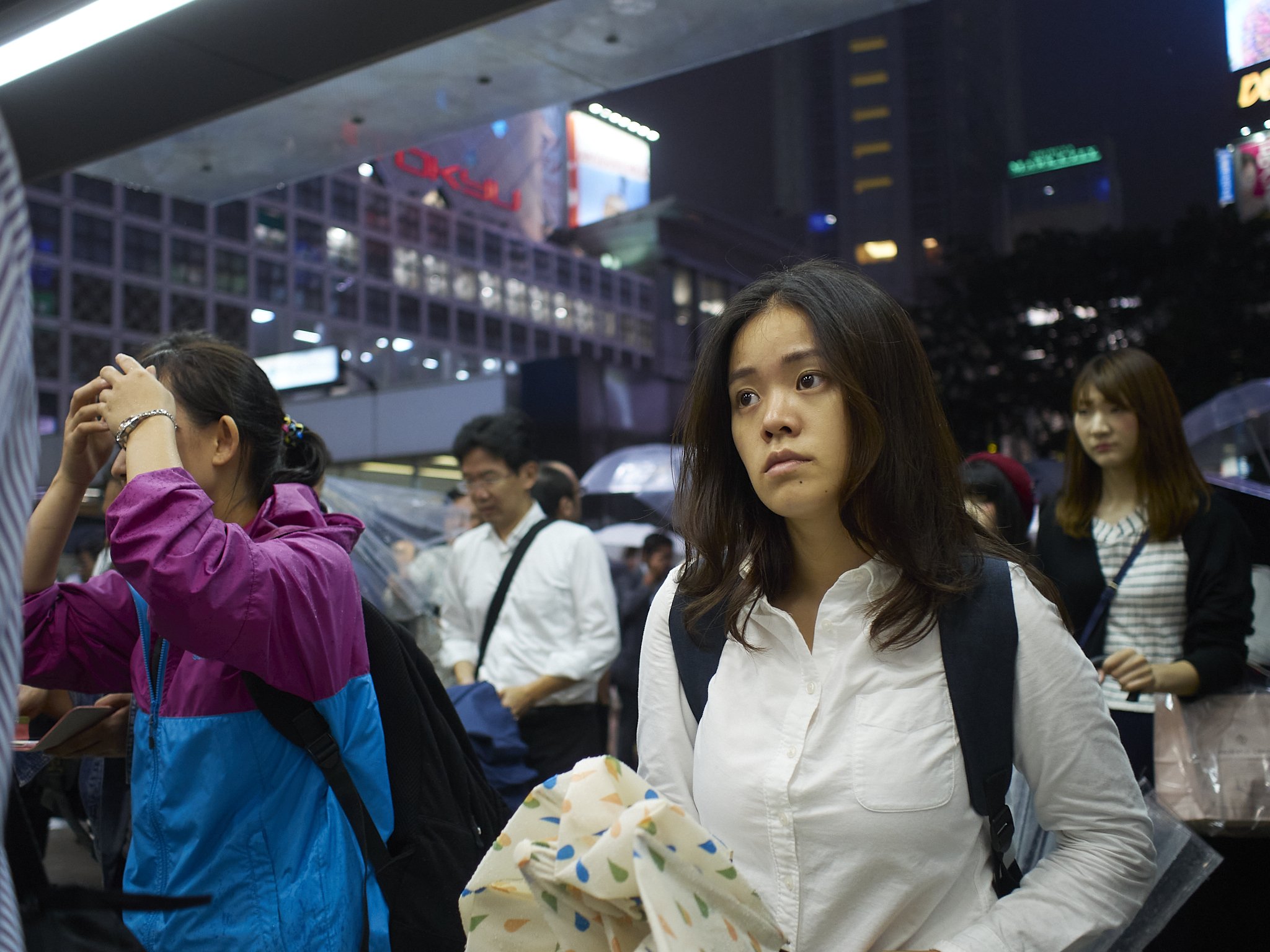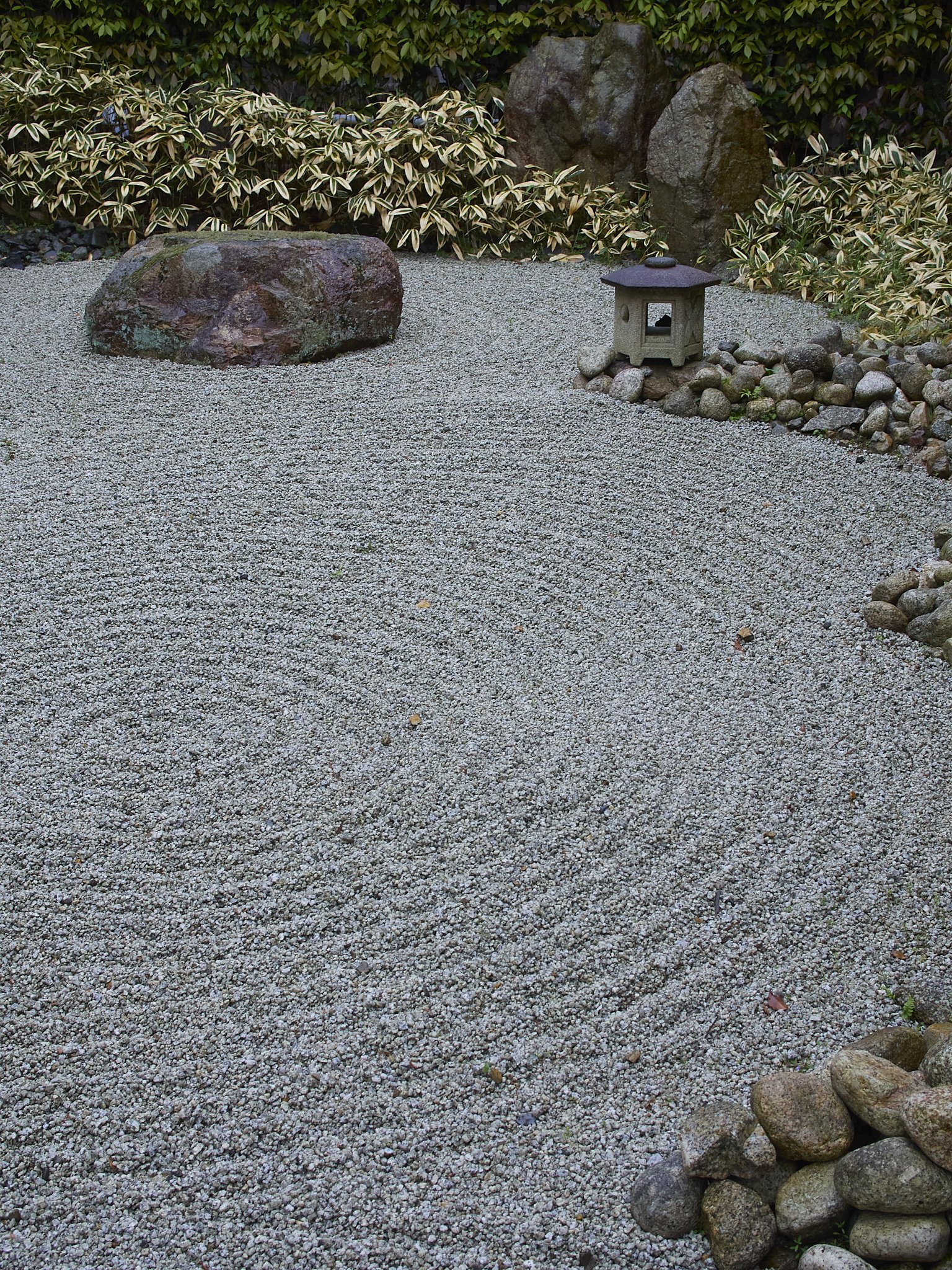GAS, or gear aquisition syndrome.
It is a thing I guess, but I feel, even though my gear stocks are ridiculous at the moment, that it is a thing of my past.
When I got the job with the school a while ago, I was actually windng down, dropping gear and minimalising. Too effectively unfortunately as a lens that would have been realy handy over the last few years, the 12-100 f4, was cast aside too cheaply to be replaced in good conscience and I still miss it.
My needs at that point came down to a little landscape (easily done) and street/travel (same). The school allowed me to shoot in several other fields and my “skeleton crew” got me through, but realistically I knew it was not up to it. I ran scared of very low light sport, indoor horror shows etc, (although I did not realise how close I was to being fine), so I invested in some more specialised gear, explored new software and grew.
I have usually only bought gear recently that I want within the envelope of what I need it, not gear I just wanted without other justification. Examples of this are purchases addressing the need for faster/longer, faster/wider, better AF, lighter weight, weather sealing or actual replacements for the potentially faulty, within which I purchase the best option.
To be totally honest, I went through a stage of hating buying new gear. I would look for fault, talk myself into seeing problems that were not there and generally be unkind to myself and my purchases. Buying to get the job done actually cured that. A mercenary need for tools to do the job helped me move on from a need for precious jewels in a hobbyists kit.
This was possible with an EM1.2, Lightroom (I used C1, but regardless) and a semi kit grade 75-300 zoom, taken in perfect light outdoors at a small pool.
But this one, taken indoors required more speed, with similar reach, better processing and (less so), a slightly newer and faster camera.
This required f2.8 with some reach, C1 and ON1 No Noise and an EM1x or I would have fallen 3-5 ISO settings short of decent.
The reality is, a working professional cannot turn up to mixed events without expecting the need of a wide angle, something long, both fast and curve balls like “no flash allowed” or “can you shoot silently?”. I play these scenarios out in my head and am confident that I can handle most monsters that may assail me.
Ironically, covering top end events can mean better lighting. When the JackJumpers play, they bring with them several suns.
The state junior cycling team training however get a half moon of light in the same venue.
So, when shooting long or wide, you need speed.
Best purchases have been an EM1x, the S5, the G9’s, 300 f4, re-aquiring my 40-150 f2.8, then a lighter and equally sure footed 40-150 f4, the 9mm which revolutionised my wide angle perspective, a Domke F2 Ballistic (only made practical with a couple of the above purchases), a second M1 Macbook Air for work allowing me to retire an ancient desk top and ipad, ON1 No Noise, the MKE 400, Smallrig RA-D55 diffuser and more.
Soft purchases, bought with a need in mind, but probably a little too pro-actively were the OSMO, a second EM1x, the Sigma 30 f1.4, Leica 12-60 (to replace the 12-40, which is still going), the Leica 8-18 that I rarely use now I have the 9mm, a couple of bags that have found other uses and some video lights, possibly to be pressed into service for stills.
*The one truly indulgent purchase was the Leica 15mm, but it has freed up my kits and is a little gem.
The need to address stress inducers can also lead to exciting new paths. I have learned a lot about studio light, flash in general and video has become my new frontier.






























































































































































